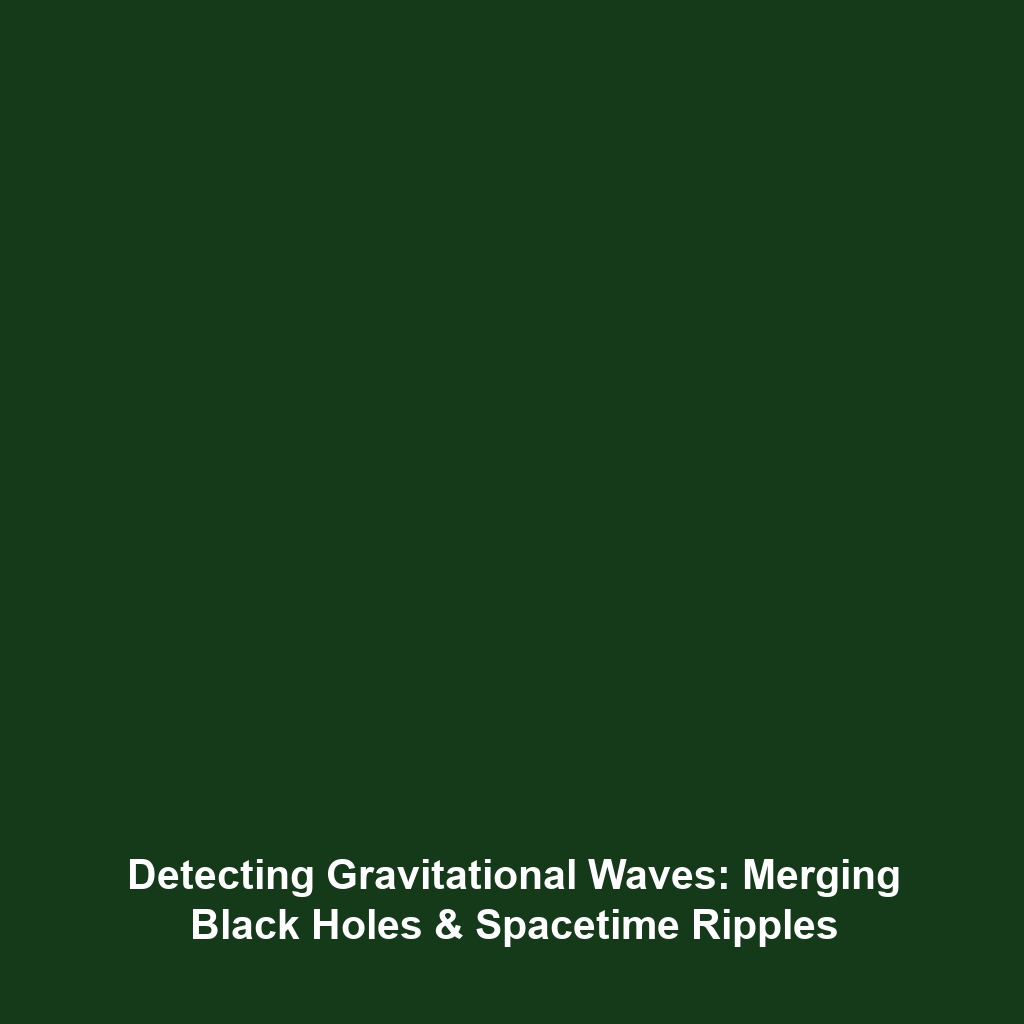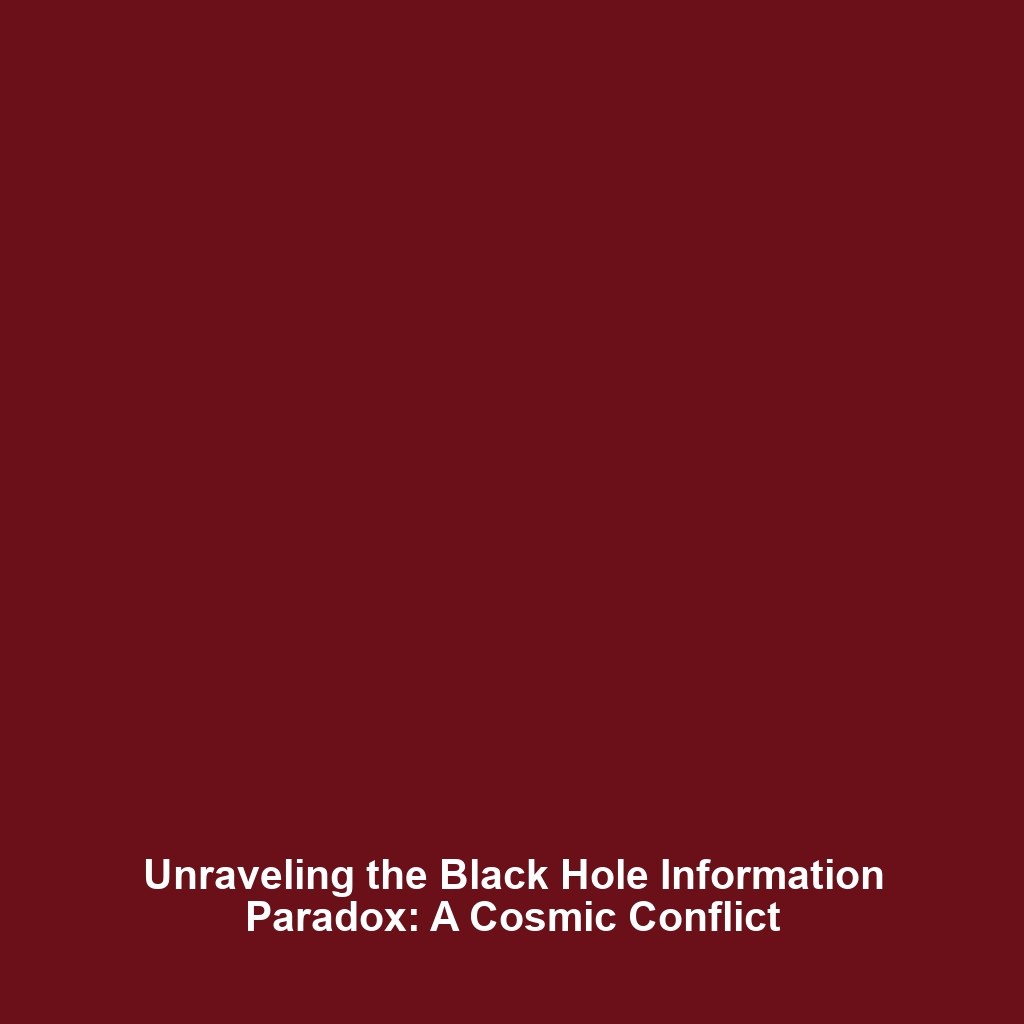Implications for the Eventual Evaporation of Black Holes
Introduction
Black holes, once thought to be eternal remnants of massive stars, face a fascinating theoretical fate: evaporation. This phenomenon, stemming from quantum mechanical principles, suggests that black holes could eventually lose mass and energy over astronomical time scales, leading to their ultimate demise. Understanding the implications of black hole evaporation not only reshapes our comprehension of physics but also raises profound questions about the nature of information and the universe itself. This article delves into the essential aspects of black hole evaporation, underscoring its significance within the astrophysical discourse.
Key Concepts
The evaporation of black holes primarily refers to the process predicted by physicist Stephen Hawking in the 1970s. This process involves several core concepts:
Hawking Radiation
Hawking radiation is a quantum phenomenon where black holes emit particles due to quantum fluctuations near the event horizon. This radiation suggests that black holes can lose mass over time, leading to eventual evaporation.
Black Hole Thermodynamics
Black hole thermodynamics combines laws of thermodynamics with the properties of black holes. It implies that black holes possess entropy and temperature, which influences their evaporation process.
Information Paradox
As black holes evaporate, one of the most significant implications is the information paradox. This paradox questions whether information about the matter swallowed by a black hole is lost forever or can be retrieved as the black hole evaporates.
Applications and Real-World Uses
While the implications of black hole evaporation are predominantly theoretical, they inform several fields of astrophysics and cosmology. Significant applications include:
- Foundation for Quantum Gravity: The study of black hole evaporation aids in the search for a unifying theory of quantum mechanics and general relativity.
- Insights into Cosmic Events: Understanding black hole evaporation can provide insights into the life cycles of stars and the evolution of galaxies.
- Testing Quantum Theories: Hawking radiation serves as a pioneering concept to test different theories in quantum physics.
Current Challenges
Despite the intriguing nature of black hole evaporation, several challenges hinder progress in this domain:
- Measurement Difficulties: Detecting Hawking radiation remains a significant challenge due to its incredibly weak signal compared to cosmic background radiation.
- Theoretical Uncertainties: The lack of a complete theory of quantum gravity leaves gaps in our understanding of black hole evaporation.
- Information Paradox Debate: Ongoing debates among physicists regarding the fate of information continues to pose philosophical and scientific challenges.
Future Research and Innovations
Future research regarding the implications of black hole evaporation is poised to explore several innovative avenues:
- Advanced Simulations: Next-gen computational methods may allow for better modeling of black hole evaporation scenarios predicting outcomes based on various parameters.
- Experimental Investigations: Future particle physics experiments may attempt to recreate conditions that lead to the observation of Hawking-like behavior.
- Interdisciplinary Approaches: Collaborations across physics, cosmology, and information theory could lead to breakthroughs addressing the information paradox.
Conclusion
In summary, the implications for the eventual evaporation of black holes present an exciting area of research that challenges existing paradigms in physics. As scientists seek to unravel the mysteries of black hole dynamics, they confront fundamental questions about the nature of reality and information. Continued exploration in this field promises to deepen our understanding of the universe and could pave the way for groundbreaking scientific advancements. For further insights, consider exploring our articles on Black Hole Thermodynamics and Quantum Gravity Theories.








